Affiliate links on Android Authority may earn us a commission. Learn more.
Amazon acquires Whole Foods Market for $13.7 Billion - Here's why it's important
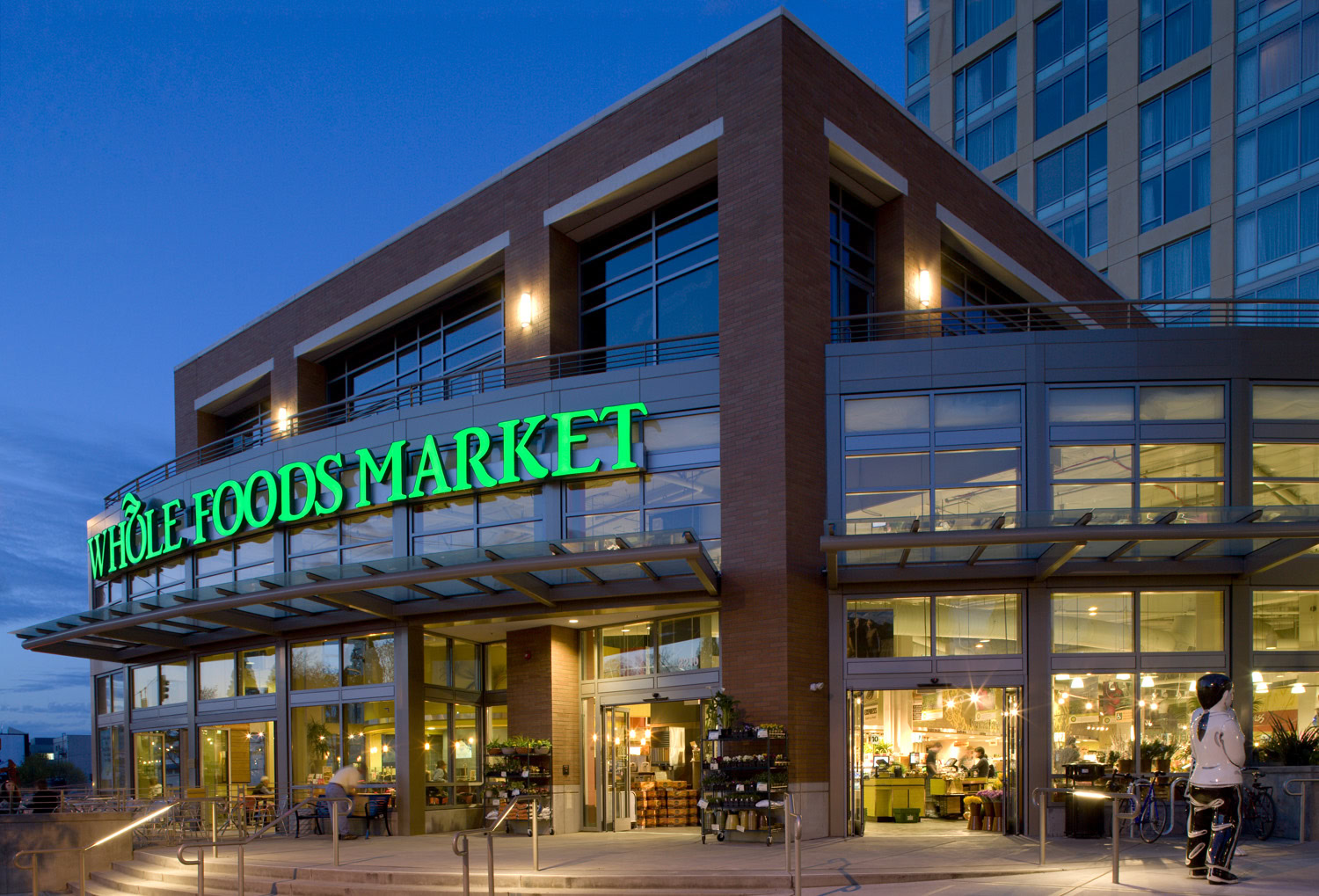
If you haven’t heard, Whole Foods is an organic health food supermarket which aims to stock healthy options without any additional preservatives, sweeteners, or artificial colors. While they generally charge a premium compared to other grocery stores, they offer a far wider variety of health food options vs traditional markets. First opening in 1980, the company has grown into a national super-chain, with 431 markets now open nationwide, and is currently being acquired by Amazon for $13.7 Billion.
The purchase from Amazon adds a 27% premium to Whole Foods‘ closing share as of Thursday June 15th 2017, valuing the company at $42 per share. Whole Foods will continue operating under their standalone brand name (at least for now), and the deal should complete sometime in the second half of this year.
So why is this acquisition so monumental? Let’s take a look at the company’s past and what the future looks like for Amazon‘s grocery services.
The ‘Whole’ History
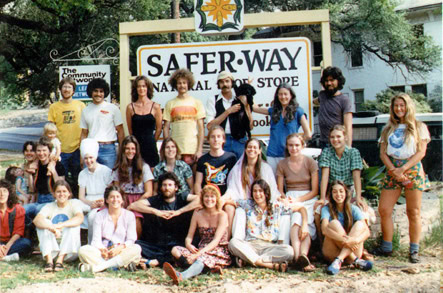
Whole Foods originally began in 1978 under the name SaferWay, attempting to get the supermarket chain Safeway to sue them to gain publicity. The company only sold non-processed foods, and lost half of their $45,000 investment received from their friends in the first year. Two years later, the company opted to partner with a competing market Clarkson National Grocery as a form of expansion, creating an entirely new brand the group opted to call Whole Foods.
Whole Foods decided to expand past Austin in 1984, opening markets in Huston, Dallas, and New Orleans. Due to their rapid level of growth, the companybegan a massive acquisition campaign that would spread across the United States. As they moved both West and East, the company acquired a number of smaller competing health-food markets in the US, which helped to stump their competition while at the same time rapidly expanding their reach. The company moved into the UK in 2004, and has grown to 431 markets at the time of writing.
Amazon in the Grocery Business
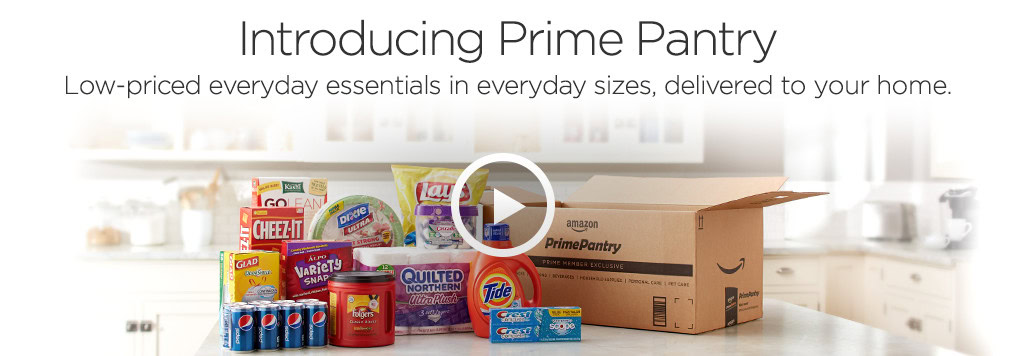
Amazon launched Prime Pantry back in 2014, charging customers a flat $5.99 rate to deliver up to a 45-pound box of traditional grocery items including cereal, toiletries, and canned goods. This helped to begin the company’s evolution into “The Everything Store”, making it less and less necessary for customers to leave their homes for any kind of shopping whatsoever. I particularly remember using this service back in college since our apartment was so far away from the closest grocer, and having no easy form of transportation, this was a godsend.
While Prime Pantry helped to cover a lot of the essentials that customers needed, it still didn’t offer everything. Perishable and local items were omitted from the service, and the company was determined to offer anything a customer might need. Amazon moved on to announce it’s Amazon Fresh local grocery delivery service in 2007, initially charging an additional $299 a year on top of Prime memberships. The service was and still is only available in select markets, but stocked a number of local items in order to get customers their favorite foods without needing to leave their home. The service was later reduced to $14.99 per month, and is still expanding, with new markets opening up every year.
But the company wasn’t done yet. Amazon Fresh guarantees either same day or next day delivery, but isn’t able to get customers things they might need more rapidly, since it uses large trucks to deliver items in a more efficient manner. In 2014 the company launched Prime Now in select areas, delivering a variety of items and groceries and other items within 2 hours for free with a Prime membership. While this service offers substantially fewer items than the primary Amazon.com service, free two-hour delivery is a service that few can resist using.
Entering Brick and Mortar
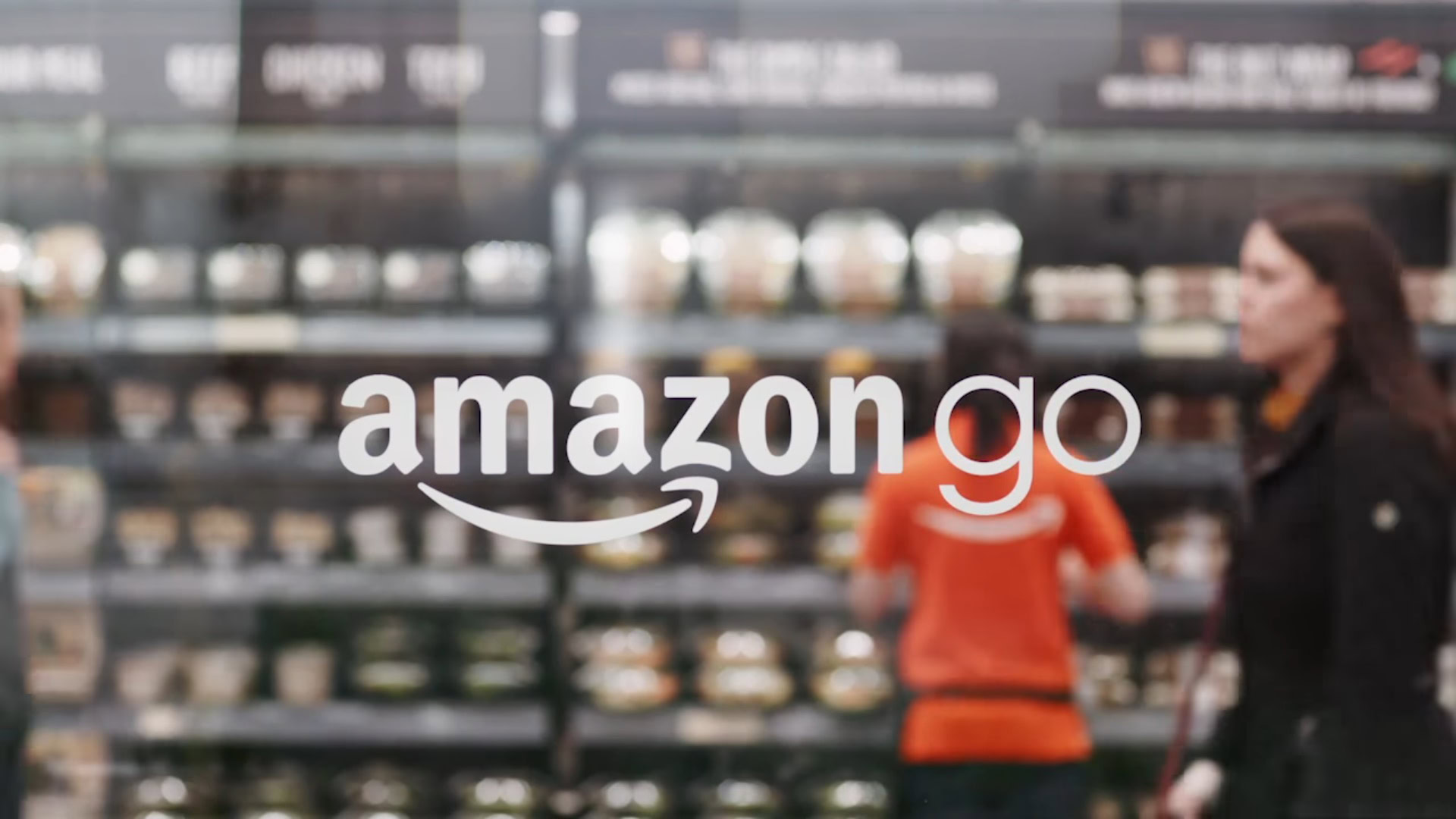
In December of 2016, Amazon officially opened its first brick and mortar store, Amazon Go. This store allows for customers to walk in, grab their food and go, without any lines. It does this by asking using the Amazon Go app on the user’s phone to add items to their cart as they pick them off the shelves in the store, and uses computer vision to understand if those items were put back. The project has been delayed a couple of times, but the company is currently testing the service in beta for local employees. This service helps close the grocery gap for many users, giving those who just want something quick while their out an opportunity to truly run in and run out of the store.
Amazon’s acquisition of Whole Foods is just one more step to offering every food available on the market. While Prime Fresh and Prime Now cover a wide variety of available items, Whole Foods is probably the one store that can close the gap in what is available to customers. They offer a huge variety of items that you will be hard pressed to find anywhere else, and owning the store will give it the ability to integrate Whole Foods‘ offerings into both their delivery and brick and mortar services. While more specialized brands like Trader Joes will still not be available to customers through Amazon, there is likely now an equivalent available for nearly every type of item to Amazon customers.
The Instacart Problem
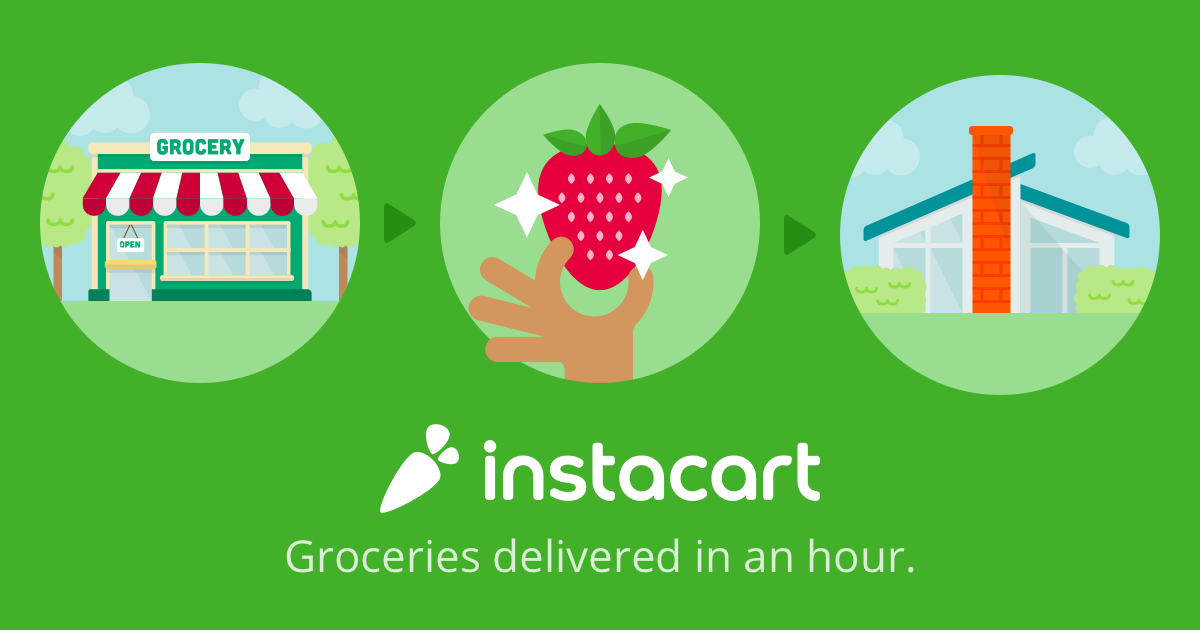
If you haven’t heard of Instacart, it is a grocery delivery service similar to Amazon Fresh which employs regular people to shop for customers and then deliver the food right to their door. In 2016, Whole Foods partnered with Instacart to be one of the service’s primary sources for groceries, driving massive sales for the supermarket. This partnership also included an investment in Instacart from Whole Foods, reported to be valued at $36 Million. While it has not been disclosed exactly how much leverage that gives Whole Foods in the company, it does pose an interesting question regarding the future of the partnership.
Amazon adding Whole Foods to its arsenal means it will likely want to leverage its resources for its own delivery services, but how will it deal with the Instacart partnership? Retaining the relationship would potentially hinder Amazon’s reach in the food delivery business, but at the same time make them money if Instacart is profitable. It’s certainly an interesting problem that will need to be mulled over for a while, but it is possible that Amazon will eventually attempt to acquire Instacart as well. Doing so would be cheaper for the company than any other corporation, due to the fact that they technically own that reported $36 million in shares already. Whatever happens, it seems that Amazon is continuing to make strides in the food delivery business, and could soon become the primary source for online grocery shopping in the United States and beyond.
Looking Forward
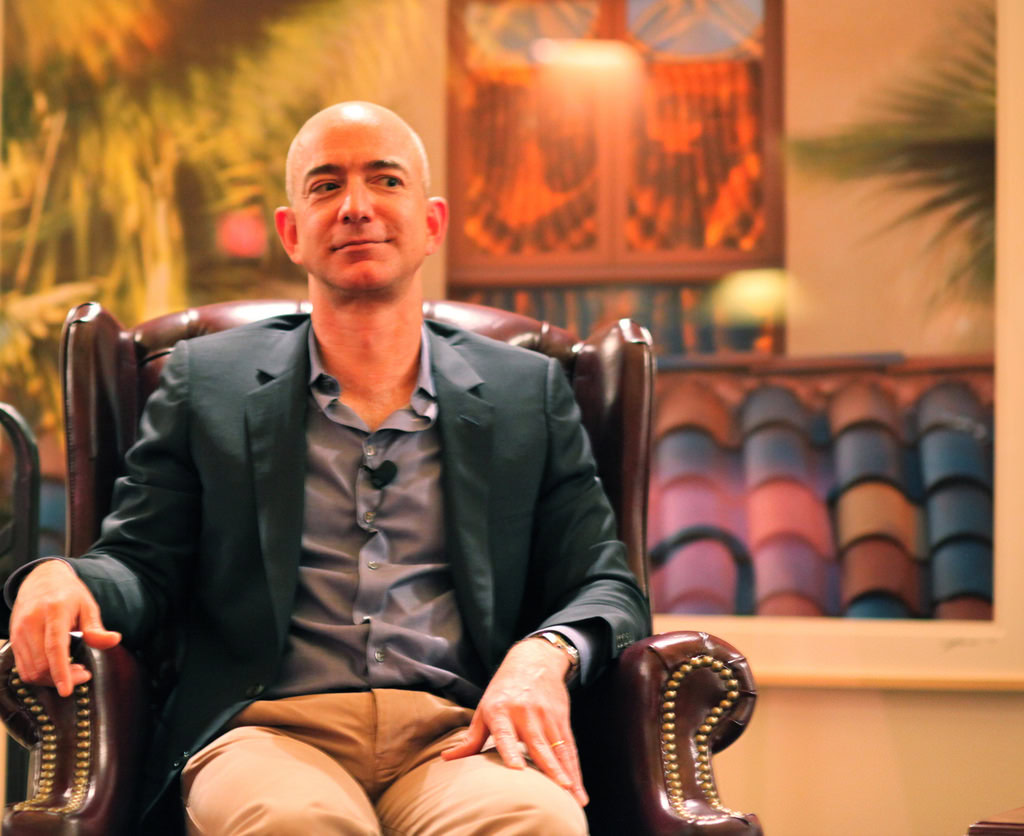
Amazon’s acquisition of Whole Foods is absolutely monumental. This purchase is the biggest one Amazon has made to date, and it is clearly looking to become the one stop shop for literally anything you might need in your daily life. The company’s success has been a slow climb, but it is now quickly becoming the biggest retail store in the world. It may have taken 14 years to actually become profitable, but it is the trust that investors have in Jeff Bezos and the company which keeps this huge machine turning.
We still don’t know who the company is looking to go after next. With competitors like Walmart attempting to compete with Amazon’s extreme logistical efficiency, we may be in for a pretty extreme battle for dominance in the future. And while stores like Walmart who dominate the physical market are attempting to break into the internet, it seems the worlds biggest internet superstore is finally entering the physical realm.
What do you think about the acquisition? Is the purchase a good thing for consumers? Let us know your thoughts in the comments below.